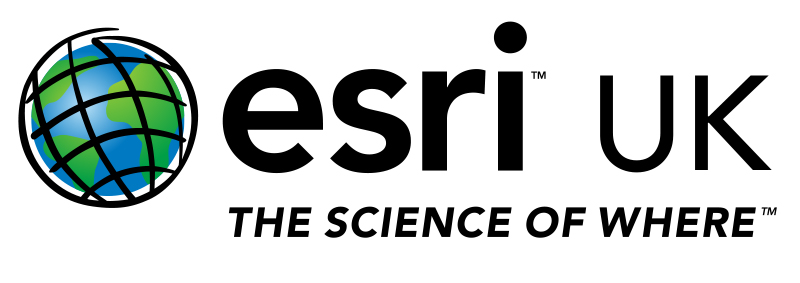Making geographical connections with GIS
/Students from the Royal High School Bath were the proud winners of this year’s GIS is Social category, at the Esri UK Customer Success Awards. Jason Sawle, Customer Success Manager at Esri UK, outlines why their project clinched the top spot.
GIS today is all about being social – collaborating, sharing and being part of a wider community. And this is what the winning entry from Royal High School Bath demonstrated so well. Three year 12 students, Kizzie, Amy and Olivia, set out to explore Bath’s geographical links from an economic, social and environmental perspective. By visualising these connections using an engaging series of maps, the winning team revealed how far the influence of the city stretches across the UK and around the world.
First, the team sourced data from a variety of government and local sources, then set to work manipulating it with ArcGIS Online’s analysis tools. All of the resulting maps were contained in an over-arching story map to present the visualisations in the most effective way.
Economic connections from tourism were revealed via a 3D flowline map, displaying data from Visit Britain showing where Bath’s 900,000 overnight tourists travel from every year. Another map focused on where international aid donated by Bath goes to around the world, using data from the Department for International Development. A story map was also created to illustrate Bath’s historical economic connections, based on links the city has with the wealth generated from slavery in nearby Bristol.
For social connections, the team started by mapping ONS census data about Bath’s commuters, using a clever swipe map to show drive times into and out of the city. Other data visualised included the migratory patterns of people moving to and from Bath, depicting a strong relationship with Bristol, plus four synchronised maps of Bath’s ethnicity, showing the international connections within its population.
The final topic to be examined was Bath’s environmental connections. A global map uncovered the students’ consumption connections, by mapping the results of a survey of where their household items were manufactured. This revealed strong connections with places such as China and Japan. Another map looked at the location of local food suppliers to the school kitchens, illustrating that a single lunch can consume around 10 to 15 hours drive time to deliver all the food. The team also plotted where their recycling waste goes, using data from Bath and North East Somerset Council. Interestingly, the largest amount of recycling waste was shown to be paper, sent to Kent, followed by the amount of food waste, which is transported to Bristol.
Overall, what the students managed to achieve with web GIS was an ambitious series of interactive maps, packaged within a single story map, which also made use of video. By applying web GIS in this way, the project uncovered their interconnected world, which really made the students think about some of the important geographical relationships Bath has with both its immediate and global surroundings.


